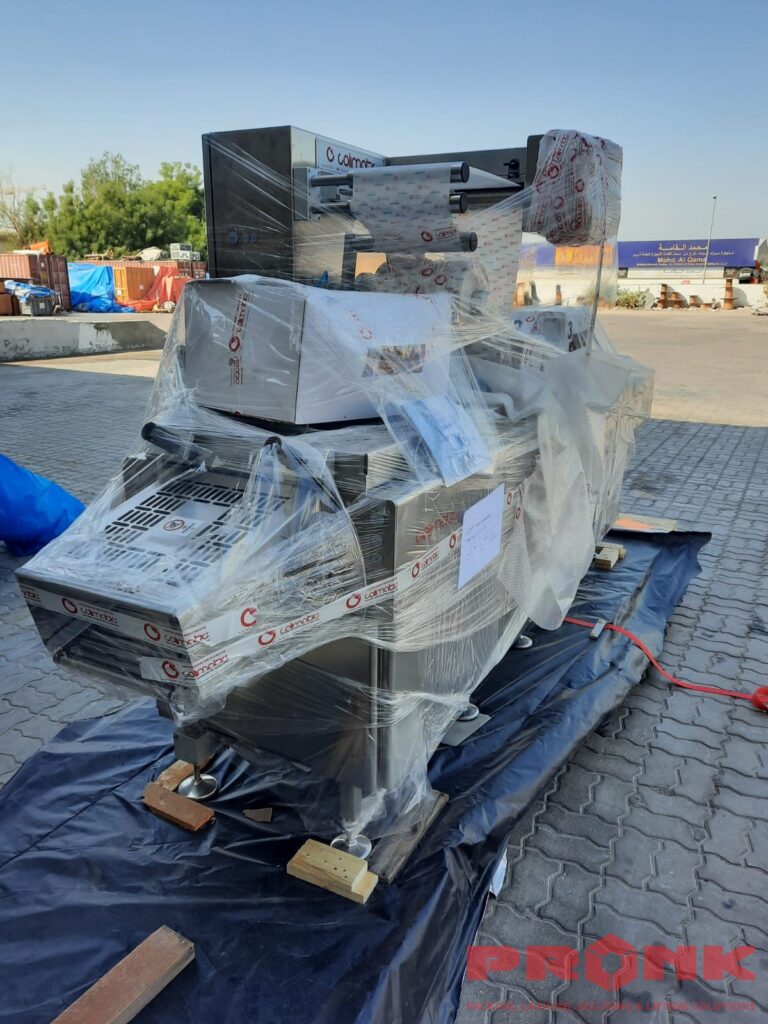How the Protect Your Cargo with the Right Export Packaging Method
Packaging comes into the picture once the manufacturing process is completed. It involves the skill of protecting products for distribution, storage, sale, and usage. Proper packaging and labelling ensure that the final product looks attractive and is protected from mishandling during its supply chain journey.
What is export packaging?
Export packaging, also known as transport packaging, focuses on keeping your products intact and undamaged while delivering them to your international consumer. Packaging for export demands protecting the product while meeting the packaging compliance requirements set by the exporting country. The export packaging types depend on the product type, the mode of transportation, and the facilities available at the shipment and destination location. It also relies on transit time, exposure to the humid environment, and how many different places the shipment will be handled before reaching the final destination. Export packaging solutions need to be cost-effective and well-versed in the export packaging rules and regulations to be followed for your products while exporting to international destinations.
Types of export packaging
Businesses need to choose packaging keeping in mind potential problems such as breakage, moisture, pilferage, and weight before selecting the final packaging material.
 Types of export packaging include:
Types of export packaging include:
-
Boxes and crates
Boxes and crates, although made from wood, have different structural compositions. Boxes are solid and covered on all sides while crates have open sides with a solid top and bottom. They are the best green packaging available as they can be easily reused and recycled for further use.
-
Pallets
Pallets are used to stack, store, transport, and protect cargo and keep them safe while being lifted by forklifts, cranes, or conveyors. They are a flat transport structure that forms the structural foundation for a load unit and divides items into separate units.
-
Drums
Drums are generally used for shipping bulk cargo mostly liquid, powder, and solid substances. It is a cylindrical container made from a variety of materials such as steel, plastic, or fiber.
-
Containers
Container packaging involves standardised shipping containers that can be used to pack cargo. It allows providing effective protection for high-value cargo such as industrial equipment, electronic items, and cars.
Also Read: The Top 10 Industrial Packaging Trends
-
Loose or unpacked packaging
Certain cargos cannot be contained in standardised packaging material. To prevent damage to such cargo, dunnage or extra protective materials are placed around them to secure and prevent moisture absorption.
Factors that influence export packaging
-
Protection
The basic purpose of any export packaging is to ensure that the cargo arrives at the destination undamaged. Hence, the packaging selected should ensure easy handling and cargo protection.
Also Read: Types of Cargo Damage in Container Shipping
-
Security
Export packaging should be an effective deterrent for theft and tampering. It should be kept as plain as possible without exposing the product details or brand names to discourage theft.
-
Mode of transport
Transport mode plays an important role in determining the type of packaging for your product. Depending on the duration of transit and weather conditions, different modes of transit require different levels of export packaging.
-
Cost
The selection of correct packaging for your export needs also depends on the cost of packaging material. By using export packaging services, businesses would be able to cut costs as they would be reliable in providing the best solutions on a per consignment basis that may work out less expensive in the long run.
-
International packaging requirements
Many countries have strict waste regulations focused on the usage of packaging materials that are easily recyclable and have a lesser impact on the environment when disposed of. Export packaging requirements differ in different countries and are one of the major contributors that influence export packaging.
Also Read: How Different Types of Packaging Can Contribute to Environmental Sustainability
Every cargo is unique and is governed by specific export requirements, enhancing the importance of export packaging in your business’s success and growth.


